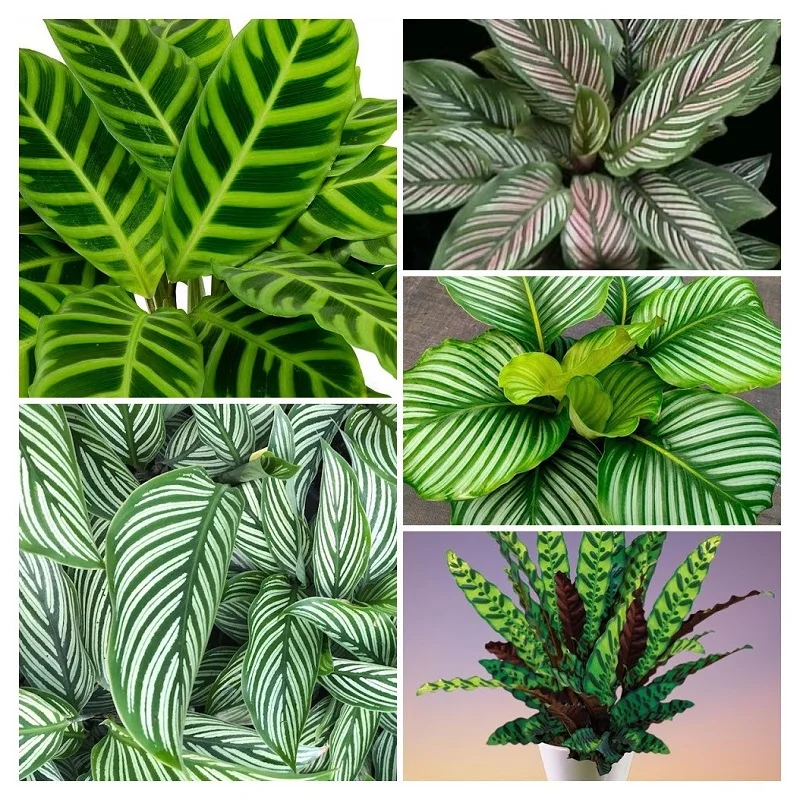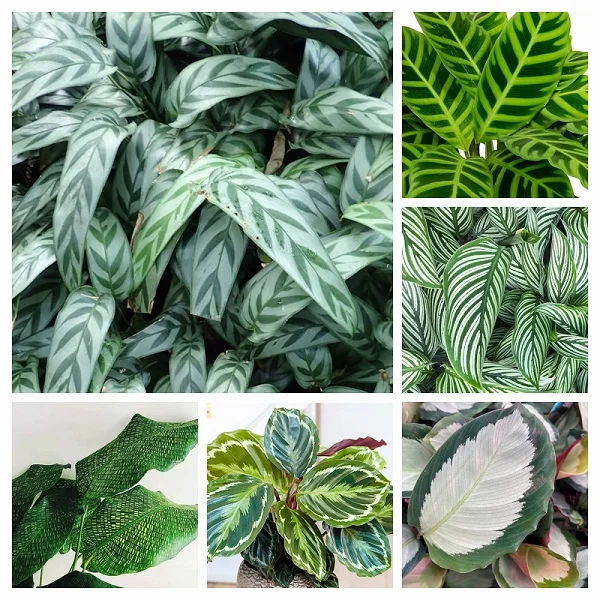10 Causes of Calathea Drooping Leaves and How to Revive It
Some links in this post may be affiliate links
Calathea leaves may droop due to incorrect watering, temperature stress, nutrients deficiency, direct sunshine, dry air, low quality soil, diseases and pests among others.
Calathea may droop after repotting for a short period as it adjusts to the new growing conditions due to repotting shock. If your Calathea is drooping after watering, it is an indication that the plant is extremely pot-bound and needs immediate repotting.
Generally, Calathea Plants thrive in bright indirect light (dappled light), warm and humid conditions and moderately moist, fertile, well-drained soils coupled with monthly feeding in the growing season. Learn how to grow and care for Calathea Plants.
If you fail to provide these conditions, your plant may begin to develop problems like drooping. Below are 10 reasons why a Calathea may droop and how to fix them.
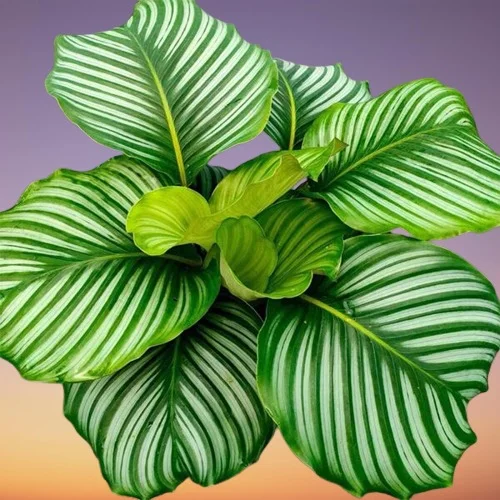
10 Reasons Why Calathea is Drooping with Remedies
1. Dry air
Very dry air will result in low humidity which will cause stunted growth, drooping leaves and brown leaf tips. If not corrected it may lead in plant death.
How to fix itCalathea require a humidity of 60-80%. To increase humidity, set the pot on a wet pebble tray or use a cool mist humidifier.
You may also grow the plant in a closed terrarium or a well-lit bathroom, kitchen and other humid areas in the home.
2. Low quality Soil
Low quality soil does not drain well and easily becomes compacted or soggy. These will cause Calathea leaves to begin to droop as the plant can not take up water to the leaves and other parts of the plant.
How to fix itGrow your Calatheas in loose, well-drained soil that is rich in organic matter to prevent waterlogging while providing the necessary nutrients to the plant. A blend of 2 parts potting soil and 1 part perlite or vermiculite (for proper drainage) is ideal for these plants.
3. Pest infestations
Calathea are prone to spider mites, mealybugs, aphids and scale insects infestations. These sap-sucking insects will cause the plant to become dehydrated leading to wilted and drooping leaves.
How to fix itKeep your Calathea healthy at all times by providing the right growing conditions. To reduce pest infestations increase the humidity as they are attracted to dry conditions.
Maintain the plant well pruned by removing dead and yellow foliage at they act as the hiding places for these pests. Cut the leaves with a clean sharp knife or scissors as close to the base as possible.
Seperate the affected plant from the rest of the plants to minimize spread and treat it with an insecticidal soap or neem oil. Ensure to follow the manufacturers' recommendations.
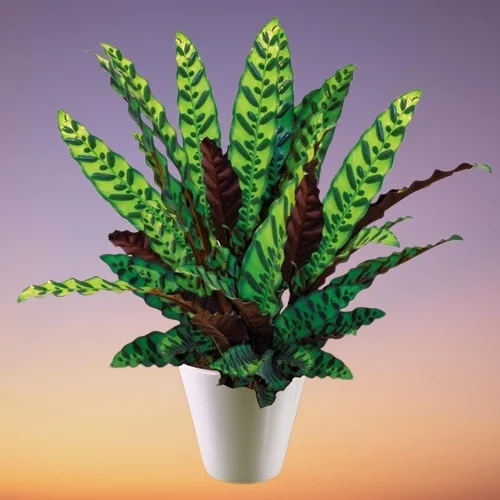
4. Root-rot disease
Calathea is prone to root-rot which is characterized by yellowing, wilting and drooping leaves, followed by browning and plant death if not prevented. The disease is prevalent in soggy soil brought about by poor soil drainage.
How to fix itCarefully, slip the Calathea out of its pot and inspect the roots. Brown-black mushy roots indicate root-rot, trim them off and treat the healthy roots with a copper-based fungicidal solution as directed by the maker.
Disinfect the pot with the fungicidal solution or use a fresh pot to repot the plant in fresh, well-drained soil. Keep it dry for some time before you can resume watering.
To prevent root-rot in the future, use a pot with a drainage hole and well-draining soil. Ensure to empty excess water from the catch plate after watering.
Avoid overwatering in the cold season as growth is minimal at this time, therefore, the plant does not require much water.
5. Incorrect watering
Underwatering your Calathea will result in too little moisture in the soil. This means the plant has no water to take up to the leaves. Thus, the leaves begin to wilt and droop and may eventually die if the situation is not corrected.
Overwatering causes the soil to become soggy which leads to the death of the roots due to lack of oxygen. This implies that the roots cannot take up water and therefore the leaves begin to curl and droop.
How to fix itCalathea require that the soil be kept moist in spring and summer. Thoroughly water the plant immediately and it should perk up in a short time.
Thereafter, water the plant liberally until water comes out through the drainage holes in spring and summer. Water again when the top few inches of soil begin to dry out to maintain the soil moist.
Cut down on watering in fall and winter to keep the soil slightly moist but never allow the soil to dry out completely.
6. Nutrients deficiency
Overfeeding your Calathea will cause the roots to die due to fertilizer burn. This implies the roots cannot take up nutrients and water required for photosynthesis, thus the plant begins to droop and may eventually die.
Underfeeding means that the plant is not getting enough nutrients needed for growth, therefore, it begins to die. Lack of nutrients in the actively growing tips causes nutrients to be withdrawn from the older lower leaves which begin to droop and eventually die.
How to fix itFeed your Calathea with a balanced, liquid fertilizer once monthly in spring and summer to encourage a lush growth. Do not feed in fall and winter as growth is slowed and feeding at this time may lead to fertilizer burn.
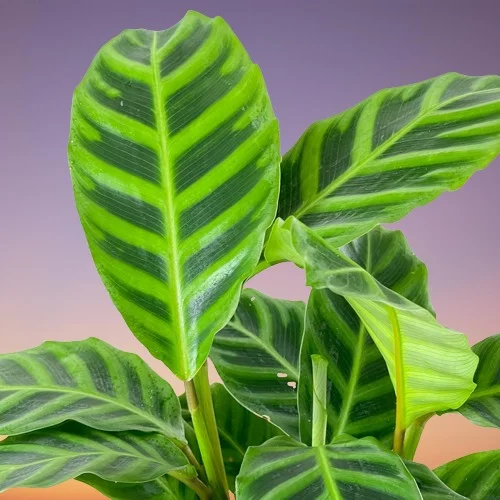
7. Temperature stress
Extreme temperatures caused by exposure to drafts will negatively affect Calathea growth. Drafts will cause sudden flactuations in temperature which will lead to reduced growth, curling and drooping leaves and death of the plant if not corrected.
How to fix itKeep your Calathea away from sources of drafts like windy windows and doors, AC units, heat sources, hot air vents among others to avoid sudden temperature changes. Maintain an average warmth of 15-260C.
8. Direct sunshine
Exposing your Calathea to direct sunlight will cause scorching, wilting, drooping leaves and may result in death of the plant.
How to fix itPosition your Calathea in medium to bright indirect light. Keep it away from direct sunshine and put it in a shaded place or instal a light curtain to filter the sunlight.
9. Being pot-bound
Being extremely pot-bound may cause your Calathea to wilt, droop and begin to die. This is because the roots have filled the pot meaning there is very little soil to hold water when the plant is watered. There being too little water in the soil implies that the plant cannot take up to the leaves therefore they begin to wilt and droop.
How to fix itCheck the bottom of the pot for a lot of roots growing through the drainage hole; repot the plant into a pot one size larger or divide it into several sections to propagate new plants.
Thereafter, repot your Calathea every 2 years at the beginning of the growing season (spring to early summer), when pot-bound. Use a pot that has a drainage hole and well-draining soil. Check out these ceramic pots with drainage holes on Amazon.
Note that your plant may droop after repotting for a short period of time. However, as it continues to take root and adjust to the new growing conditions it will recover.
10. Salts buildup
Excess salts and chemicals may originate from watering with hard water or from the fertilizers used to feed the plant. Salts buildup in the soil will cause the roots to die. As such, the plant cannot take up water to the leaves causing them to begin to wilt and droop.
How to fix itWater your Calatheas with water that is free of chlorine, flourides and other chemicals as they are sensitive to chemicals dissolved in water. Go for rain water or filtered water.
Flush out accumulated salts regularly by running a stream of water through the soil until it drips through the drainage hole. Allow the stream of water to run for some time and repeat the process several times.
You liked it? Share on social media.
Related Content
Amazon Associates Disclosure
Homeplantsguide.com is a participant in the Amazon Services LLC Associates Program, an affiliate advertising program designed to provide a means for sites to earn advertising fees by advertising and linking to amazon.com.



